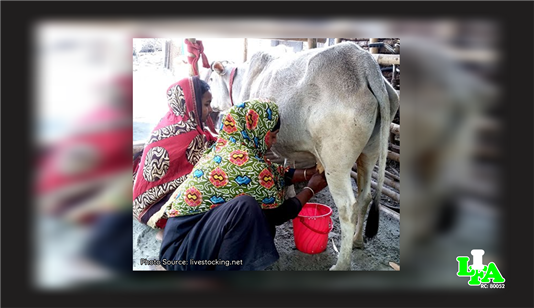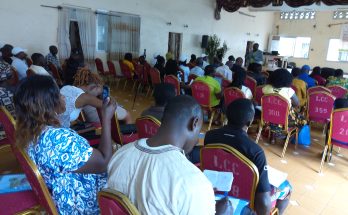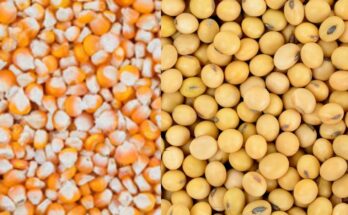Nigeria, a country with over 170million people and with most of her
population living in poverty was recently described as the poverty capital of
the world falling behind India.
A recent publication by Quartz Africa has
described Nigeria as having 86.9million of her population living in extreme
poverty.
The news captioned “Nigeria has become the poverty capital of the World”.
This caption should attract provocative concerns from interested livestock
oriented lovers and developers.
In the spirit of economic diversification, it is
demanding that we look inwardly to identify and share knowledge in developing
idle sectors of our livestock economy.
The country is currently experiencing low milk production, more than 70% domestic consumption of dairy products are imported into Nigeria. The country spends $1.3billion dollars on dairy imports. It is worthy to know that the average price of one litre of milk in Nigeria is costlier than one litre of Premium Motor Spirit (PMS) which is our greatest source of revenue in Nigeria.

Advert
The slow pace of growth in the dairy sector calls for a proactive policy and investment plan in Nigeria. This will incentivize investments and unlock opportunities for the agricultural sector, boosting the dairy value chain in the country. It is important that the government increase milk production to meet with the domestic consumption and possibilities for exportation.
The small scale or family dairy farming in its uniqueness contributes significantly to our foreign reserve. Although the segment of the industry has suffered neglect, it is still very much important to alleviate poverty and reduce problem of malnutrition using this vital sector.

Farmers will agree that dairy as a subset of the
livestock industry deserves more participation on small scale house hold basis
as we presently observe in Kenya, Uganda, Ethiopia and even in Senegal where
pockets of household urban and peri-urban dairy are being practiced.
In some of these countries, house wives keep one or two lactating cows, milking them regularly for home consumption and excess milks are sold to make income for the family. Milk collectors move from house to house performing simple Hazard Analysis and Critical Control Point (HACCP) test such as the PH test and Bacteria counts on the milk. They pay in cash according to the quality of the milk produced helping the household to mitigate poverty, even as they have regular access to good animal protein to enhance balanced nutrition.
Can we practice this innovative approach in numerous locations across Nigeria? Are there hidden challenges that may work against the improvement of dairy production for small scale producers? Looking at the effect on National revenue, and what we stand to gain as a country, it is important that a knowledge capitalized organization like LIFA document and use opinions and suggestions from able experienced farmers and stakeholders of the dairy sector to recommend dairy development in Nigeria. Hence the contributions below are collected to suggest possible mitigation strategy to the problems of dairy production by small scale producers.
Download full opinion and contributions of farmers and stakeholders retrieved from LIFA Whatsapp group on this vital topic. You can also make your own contribution using the comment box below. Come let us develop livestock food security in Nigeria and indeed that of the South Sahara Africa. Happy New Year.




